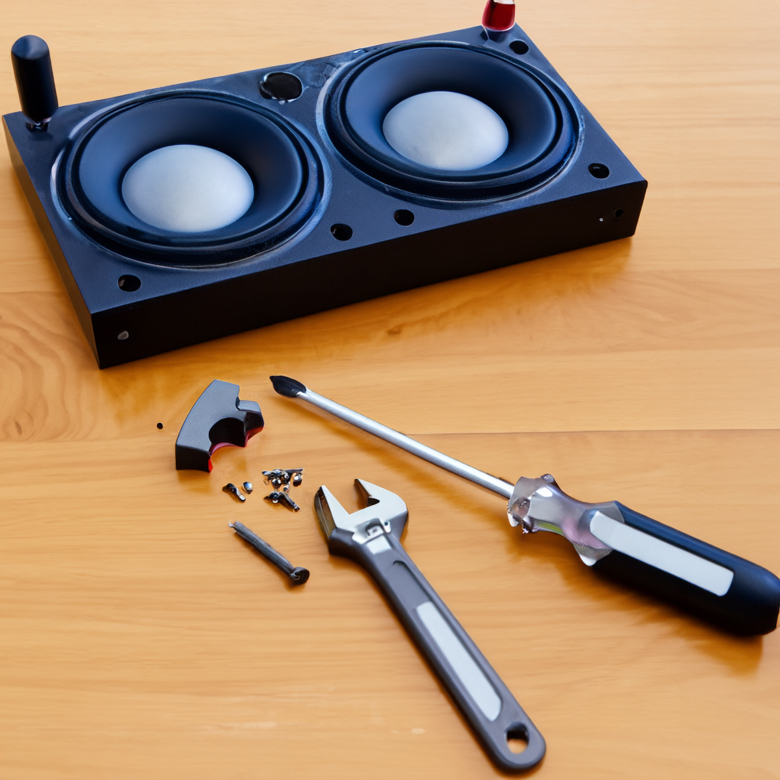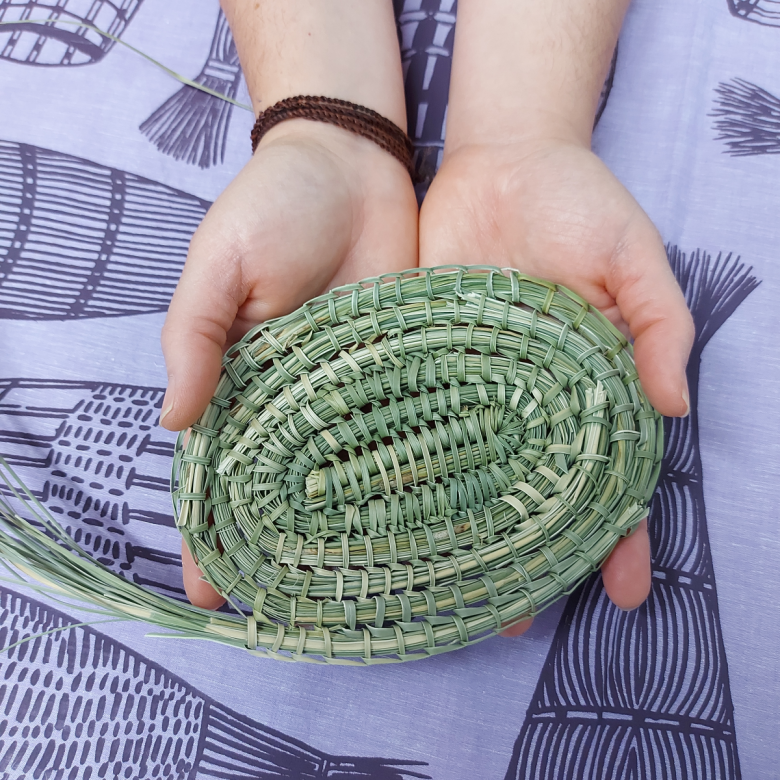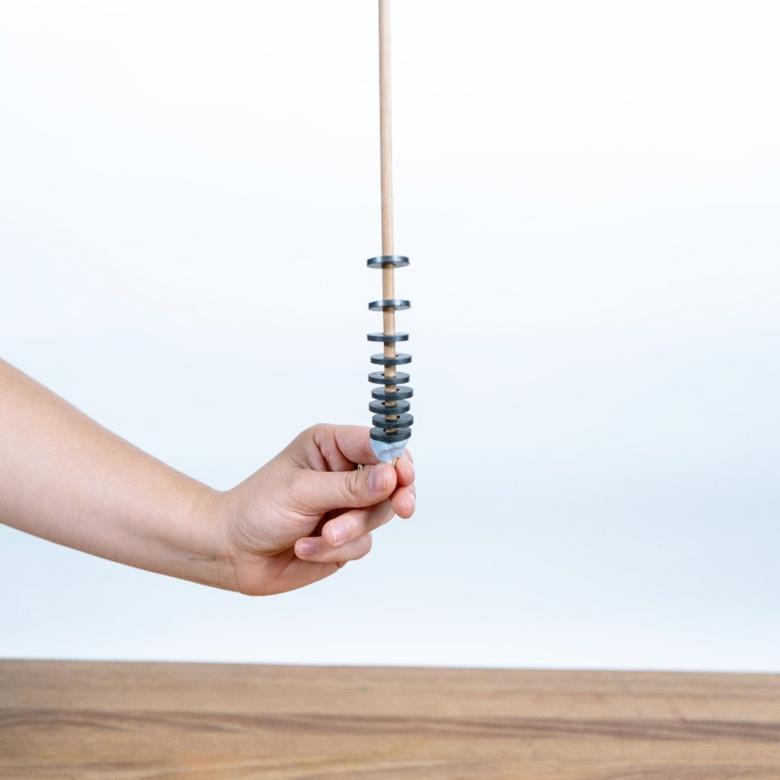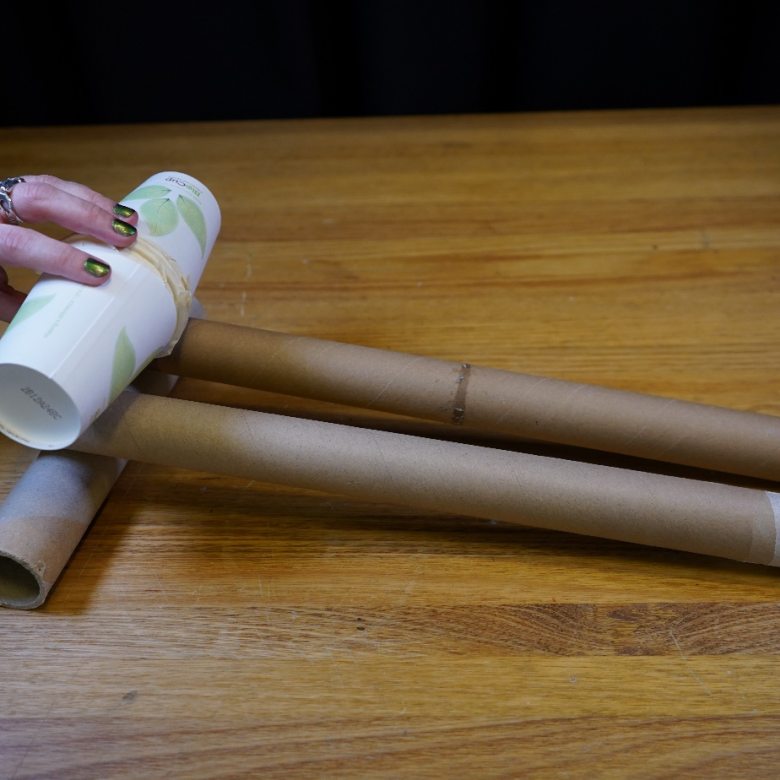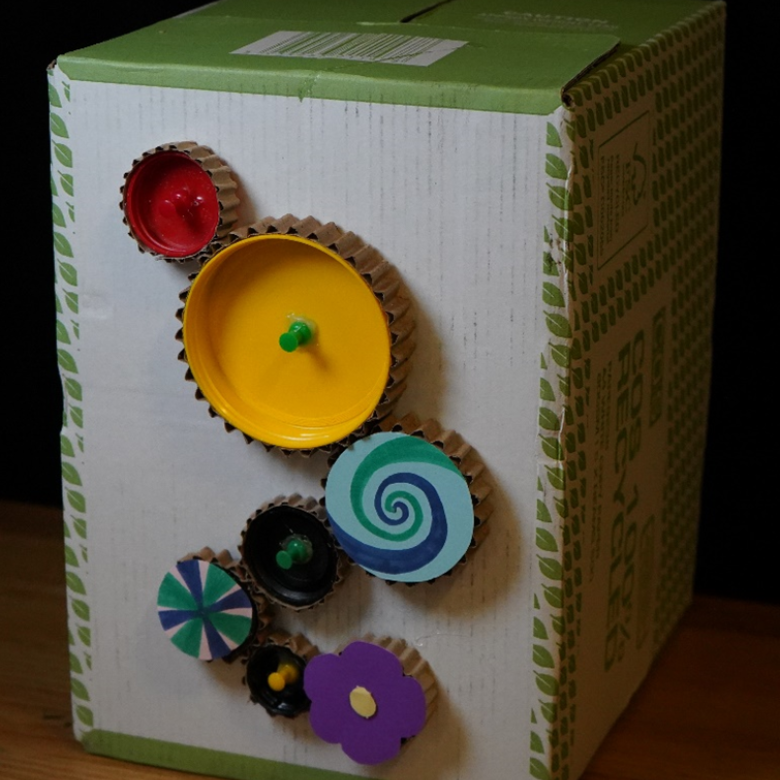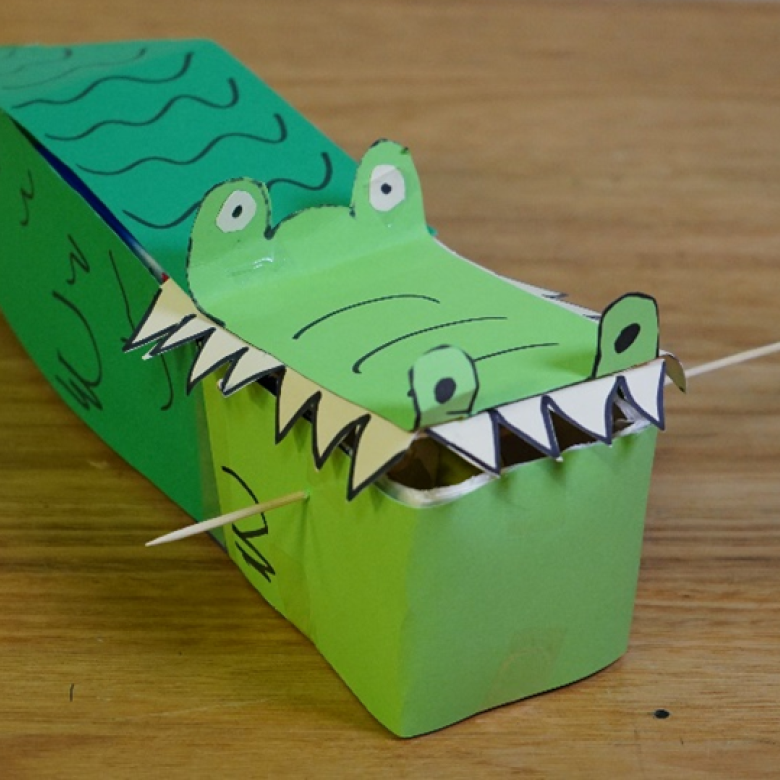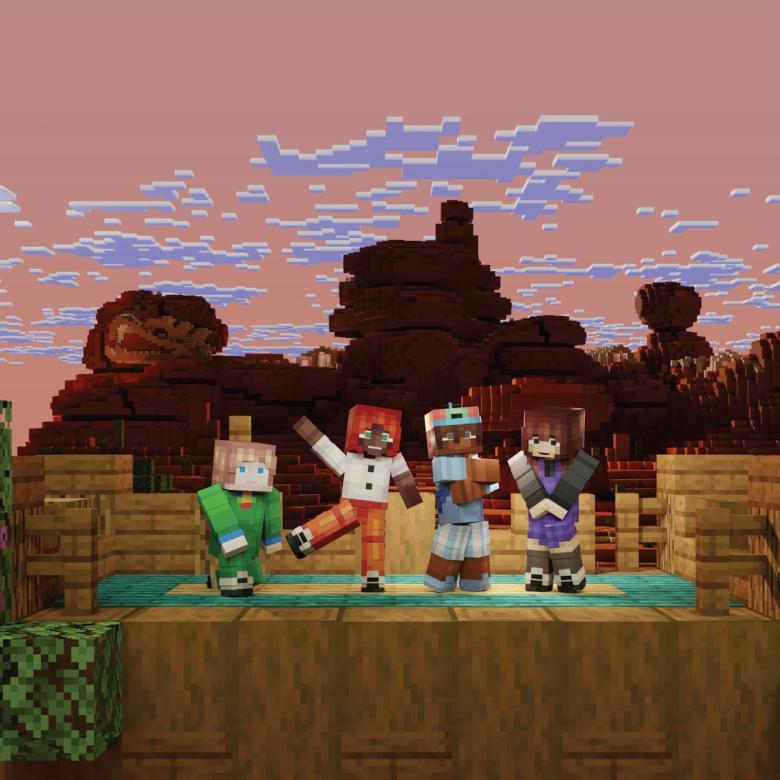You’ll need
- A large sheet of newspaper or plastic
- Broken toys or household items such as bicycle pumps, clocks, old telephones or headphones (if these aren’t available, retractable pens are a simple, cheap option)
- A small flat-head screwdriver
- A small Phillips head screwdriver
- A pair of pliers
- A set of Allen keys
What to do
- Gather your materials on a flat surface.
- Spread out the newspaper or plastic in front of you.
- Place a broken item and your tools on the newspaper.
- Carefully take apart the broken item and group each of the parts by what they’re made from (for example, plastic, metal, rubber, wood). Try to work out the purpose of each of the parts as you go.
- Work out if these parts can be recycled or reused. If they can’t be reused or recycled, think about how they can be disposed of safely.
- See if you can remember where each part goes and try to put the broken item back together again.
- At the end of the activity, recycle or dispose of the item (you may need to pull it apart again to recycle individual parts).
- Wash your hands well after handling the parts and tools.
Questions to ask
Can you find the broken parts?
Can you fix your broken item?
Can you use the parts from one broken item to fix another?
What part could you change to stop the item from breaking?
Why do you think some parts are made from different materials? What they are made of? Think about things like weight, insulation, durability and cost.
Lots of broken things can be fixed, to save them from being thrown away. To check out repair guides for different items, visit iFixit.
What's happening
Many appliances and toys are made from a variety of materials. Each material is chosen for a specific purpose. For example, rubber forms a soft, non-slip grip. The mix of materials can make it more difficult to recycle or repair broken items.
Did you know
Electronic waste, or e-waste, is a big problem in our rubbish tips. As appliances become more specialised, they are harder to repair and recycle, which means more items are being thrown away. Electronics are hard to recycle because they contain heavy metals and specialised plastics that can be very poisonous when exposed to water and air (such as when they are in a landfill). Some of these chemicals dissolve in water. This means that rain can make toxic water from landfill run into rivers and streams.
There are plenty of ways to help with the problem of e-waste. You could:
- buy less technology (do you really need a new phone or another TV?)
- recycle your old computers and other e-waste
- use a service called MobileMuster, which takes parts out of old mobile phones so they can be reused for something else (visit the MobileMuster website)
- buy high Energy Star rated products, which use less energy (visit the Energy Rating website).

